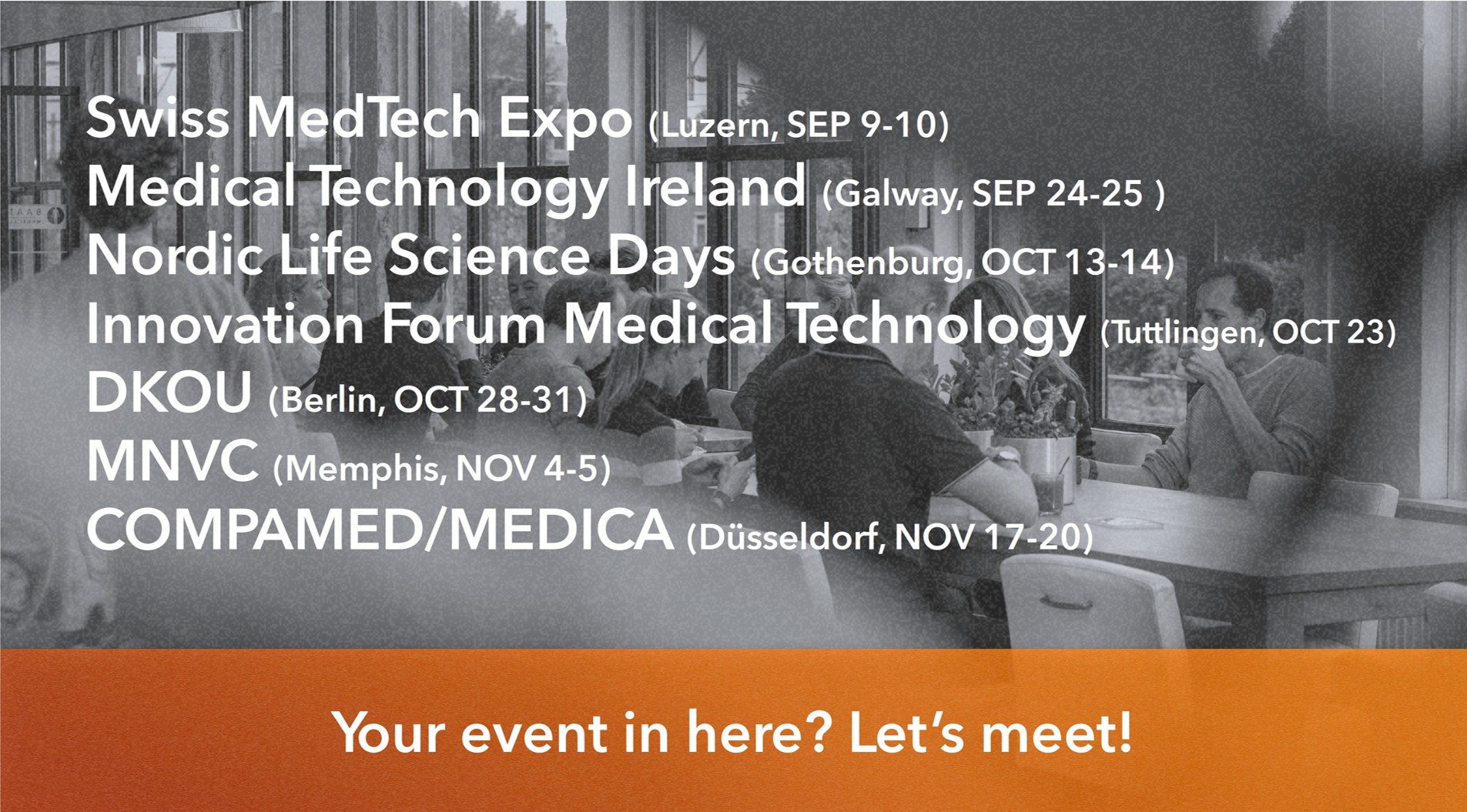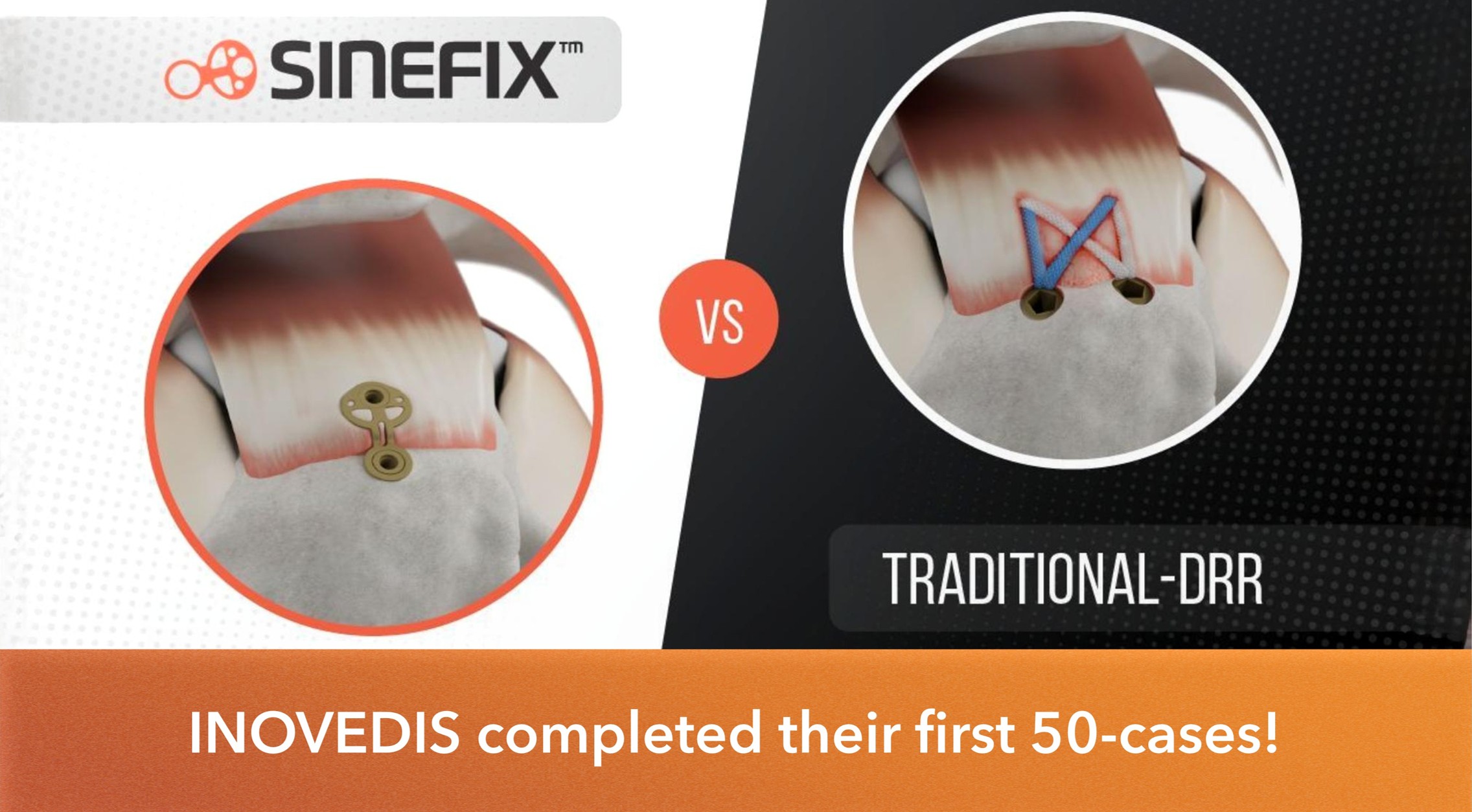Biocompatibility Testing for Medical Devices
Biocompatibility testing, more than choosing the right materials
“My device consist only of titanium, stainless steel or PEEK, and therefore it is biocompatible”, we have heard it once and again, but it cannot be further off from the truth. The biocompatibility of a medical device depends on many factors and the material is only one. Overall biocompatibility is the end result of a complex cascade of local and systemic responses of the human body to the contact with a medical device that are generally not even fully understood by the experts in the field. The biocompatibility of a device depends on the raw material composition, the manufacturing process, the manufacturing residues, the porosity and surface finish, the cleaning and passivation, the packaging and sterilization, the shelf life, and the intended use of a device, to name a few. And for that reason, any device manufacturer who wishes to bring a product on the market must perform a risk based biological evaluation to assess the biocompatibility of the device.
ISO 10993 biocompatibility and the Biological Evaluation Plan
Every biological evaluation starts with the writing of a Biological Evaluation Plan or BEP. The BEP is based on the ISO 10993 part 1 and its underlying subparts which serve as the international benchmark for biological evaluation, supported by specific guidelines which add additional local requirements in regions like the U.S.
The BEP determines a risk based biological evaluation plan in accordance with ISO 14971. The relevant risks and biological evaluation endpoints and the depth of the evaluation are determined based on the nature of body contact and contact duration in the intended use of the medical device. Clearly, a biodegradable long-term implant demands a widely different approach then an instrument with superficial patient contact and being able to determine the appropiate level of scrutiny is essential to perform an efficient evaluation.
The biological evaluation process
In the first place, the biological evaluation always starts with a risk assessment:
- What alloy composition is used for the raw material? Which grades are defined in the standard?
- Can there be any contaminations on the material when it is received?
- Is the polymer chain length distribution determined and controlled?
- Are there any residues of catalysts, additives, plasticizers, resin, or reaction products in the polymer material composition?
- Is the chemical composition affected by the manufacturing process?
- What is the macroscopic surface finish and what is the microscopic grain structure?
- What is the porosity or pore size distribution and how does the body respond to that?
- Are there any interactions between the different materials within the device or between devices that are used together?
- What materials are used in the manufacturing process, such as oils and greases, polishing paste, coolants, mould release or detergents? Are they suitable for the use with medical devices in the first place or do they contain carcinogenic components?
- Is the final cleaning process effective in removing all manufacturing residues or does it erroneously add new contaminants using unsuitable detergents?
- Is the packaging material suitable or does contaminate the device?
- What is the influence of the sterilization process and shelf life of the device? Does it chance the chemical composition?
- How does the material degrade in the human body? After how long is it fully degraded? What are the degradation products and how are they metabolized?
- How does the body respond to the geometry of the device? Is there a lot of scar tissue formed or is there a chance of inflammation?
- How does the body respond to the level and size of wear particles in the case of articulation?
These are some examples of the many questions that can and should be asked in the evaluation process. Second, the risk assessment should always contain a chemical characterization of the device in its final finished form. The characterization can be based on a combination of information of the raw materials and leachables and extractables testing. Leachables and extractables testing concerns making an extract of the device in three different solvents (polar/mid-polar/non-polar) and running the extract through various sensitive analytical chemical instruments to determine the presence of organic and inorganic contaminants. The extraction must be exhaustive and is therefore often performed at 37 degrees Celsius or 50 degrees Celsius for 24 or 72 hours, in several iterations to prove the exhaustiveness. Any contaminants that are found in the extract must be evaluated through a toxicological risk assessment. And third, as a final method of last resort the device can be evaluated through biological endpoint testing in an animal model. This includes the testing for local reactions to the device such as sensitization and irritation, systemic endpoints such as the potential for accumulation of chemicals leached from the device in other places in the body, and the local effects after implantation, as well as testing for genotoxicity and carcinogenicity if applicable. Luckily, the testing for systemic endpoints and genotoxicity and carcinogenicity can usually be waived based on data from the chemical characterization and toxicological risk assessment. Other endpoint testing can sometimes also be waived, for example based on the clinical data of predicate devices.
Biocompatibility assessment (and how BAAT helps)
Biological testing can be expensive, time consuming, and can sometimes make you reconsider your ethical standards in the case of animal testing. Test labs offer to write an off-the-shelf Biological Evaluation Plan where they, ‘surprise surprise’, plan to perform all the testing, because of the unknowns in the manufacturing process. Also, authorities often lean to this approach because of risk aversion and adherence to the standards and guidelines. Let BAAT Medical help you out: we can define a lean test plan because we are on top of the design and the manufacturing process. We have close contact with suppliers and know exactly what is used in the manufacturing process and what the potential effect is on the biocompatibility. And we can prevent extensive testing by making the right choices early in the design process. This allows us to greatly reduce the burden of unnecessary biological testing, sometimes of the same titanium, stainless steel, or PEEK material for the 50th time. Also, it allows us to substantiate the effect of design changes in later stages of the project, and to support regulatory submissions by pushing back to authorities when they demand extensive testing.
Biocompatibility is defined as the ability of a material to perform with an appropriate host response in a specific situation. Don’t let yourself be deflected by the ambiguity of this term; the bottom line is that is comes down to an appropriate risk-benefit evaluation. Being hyper-aware of the materials, design, manufacturing process and clinical application of the device makes us excellently equipped to perform this task. Therefore, the partnership with BAAT Medical allows our customers to focus on innovation, product development and market expansion while ensuring the highest standards of patient safety and regulatory compliance are met.




